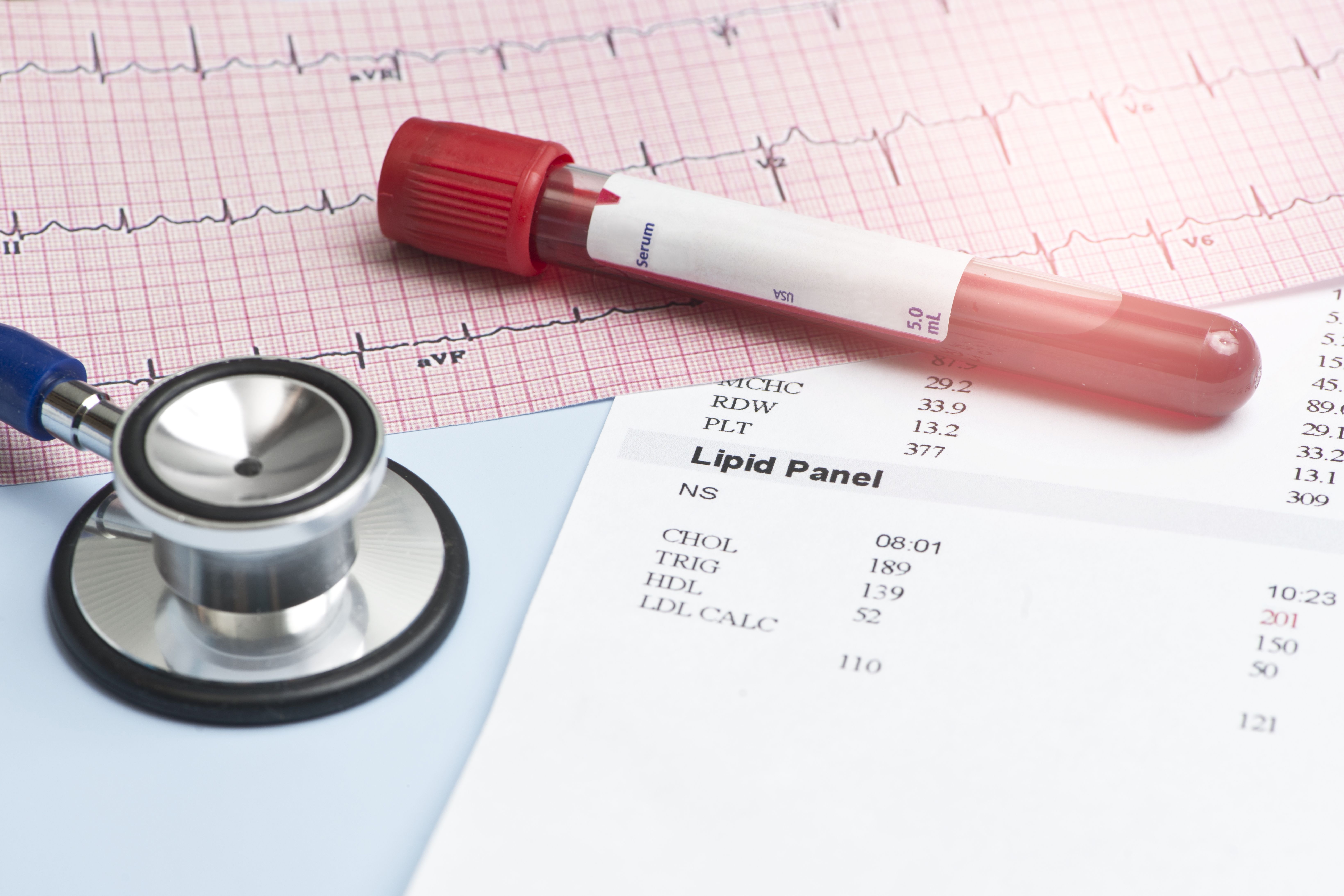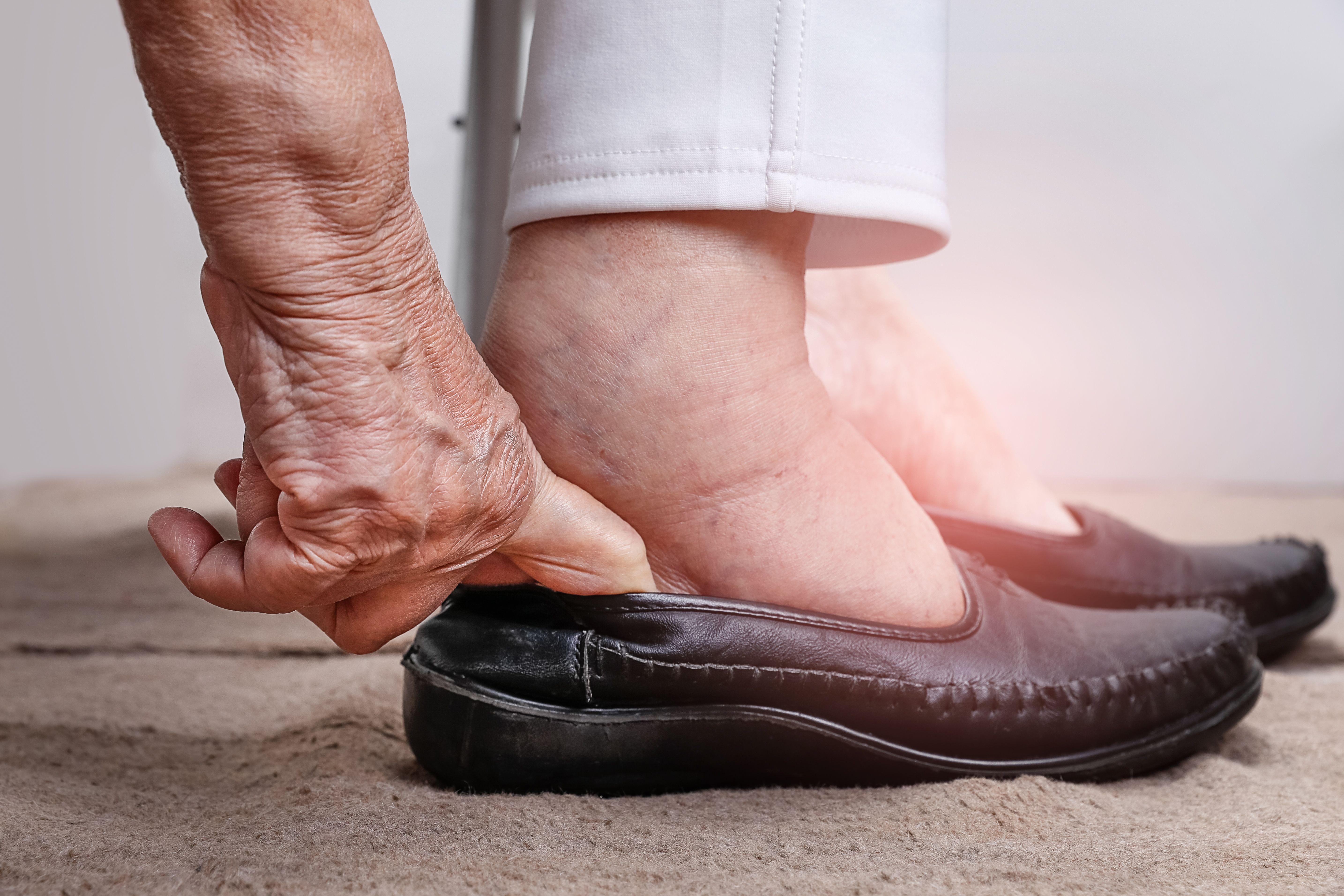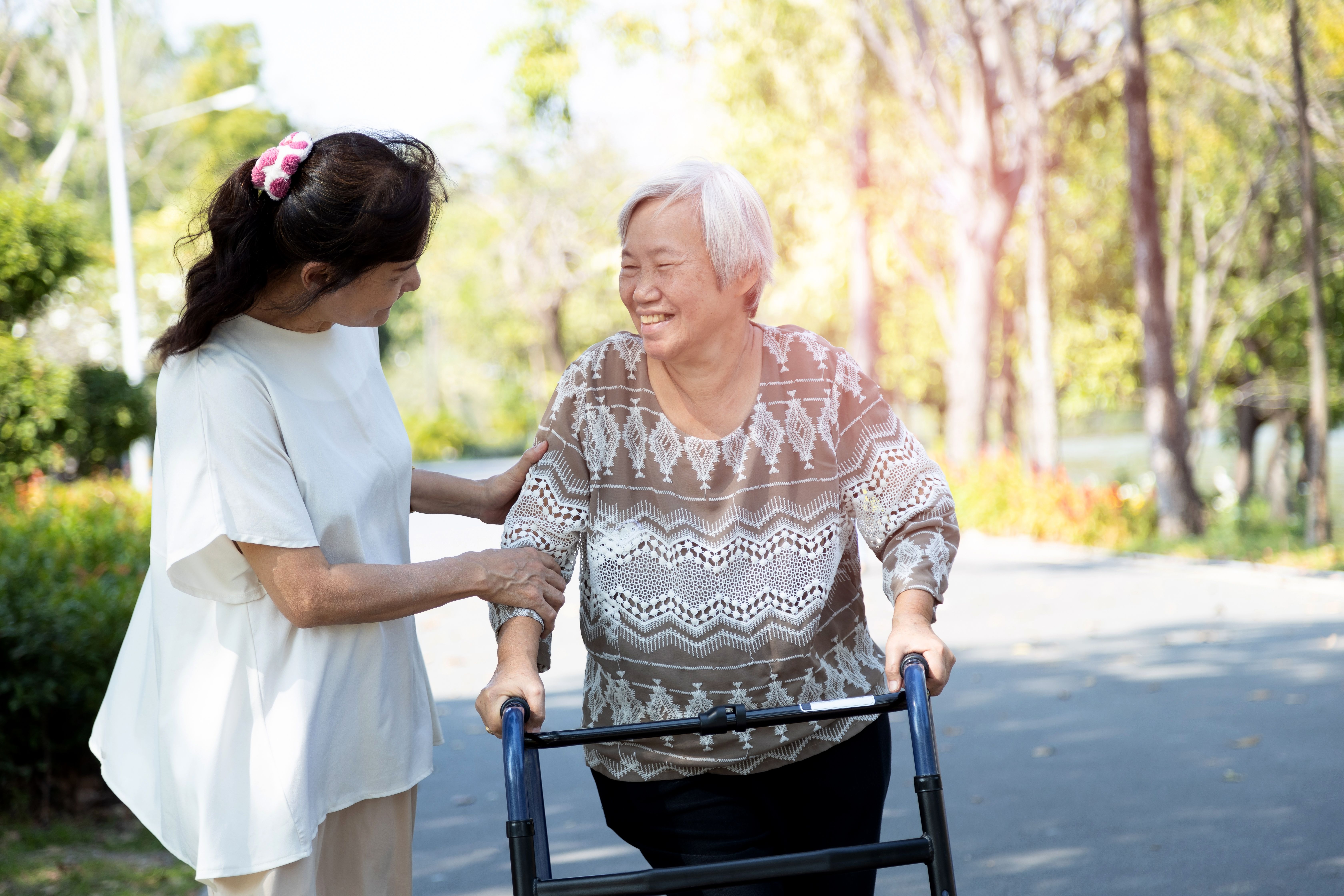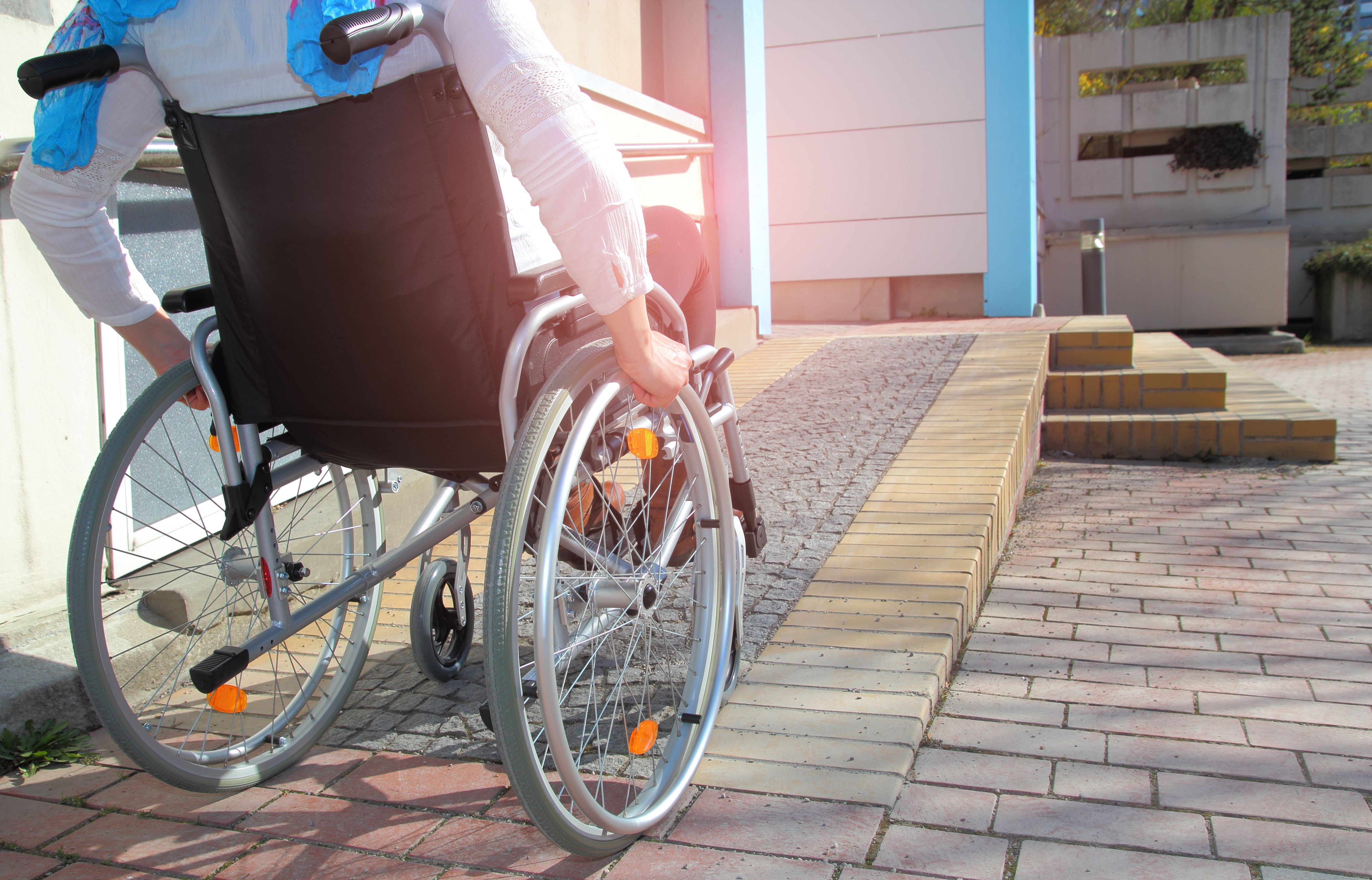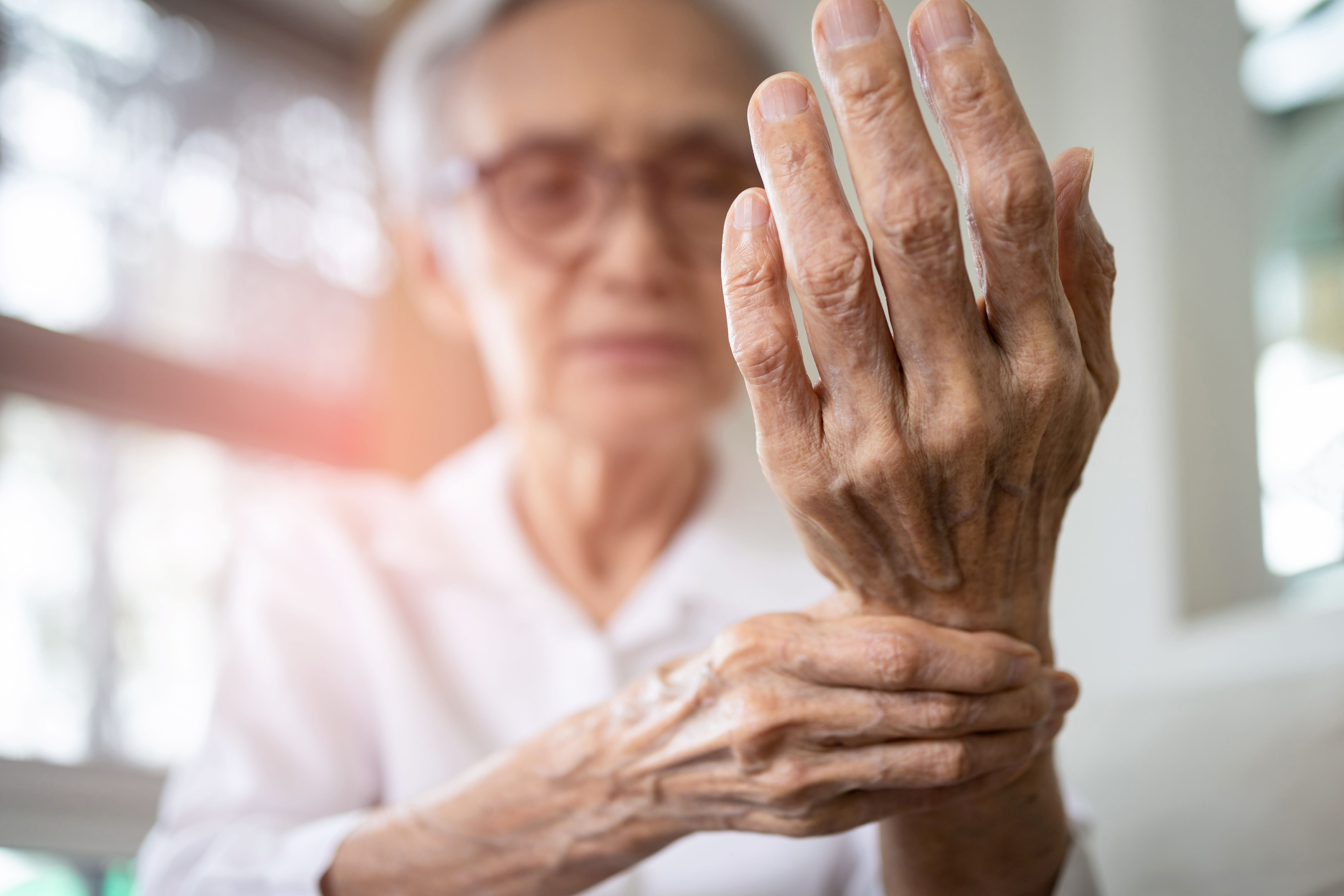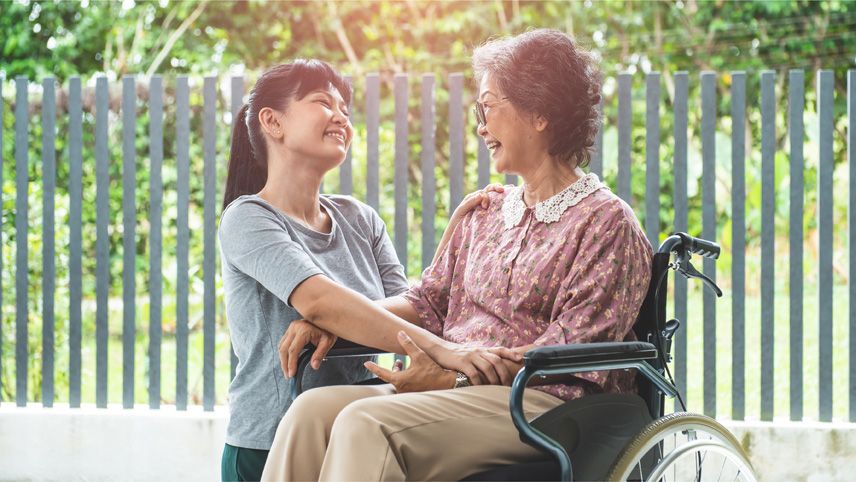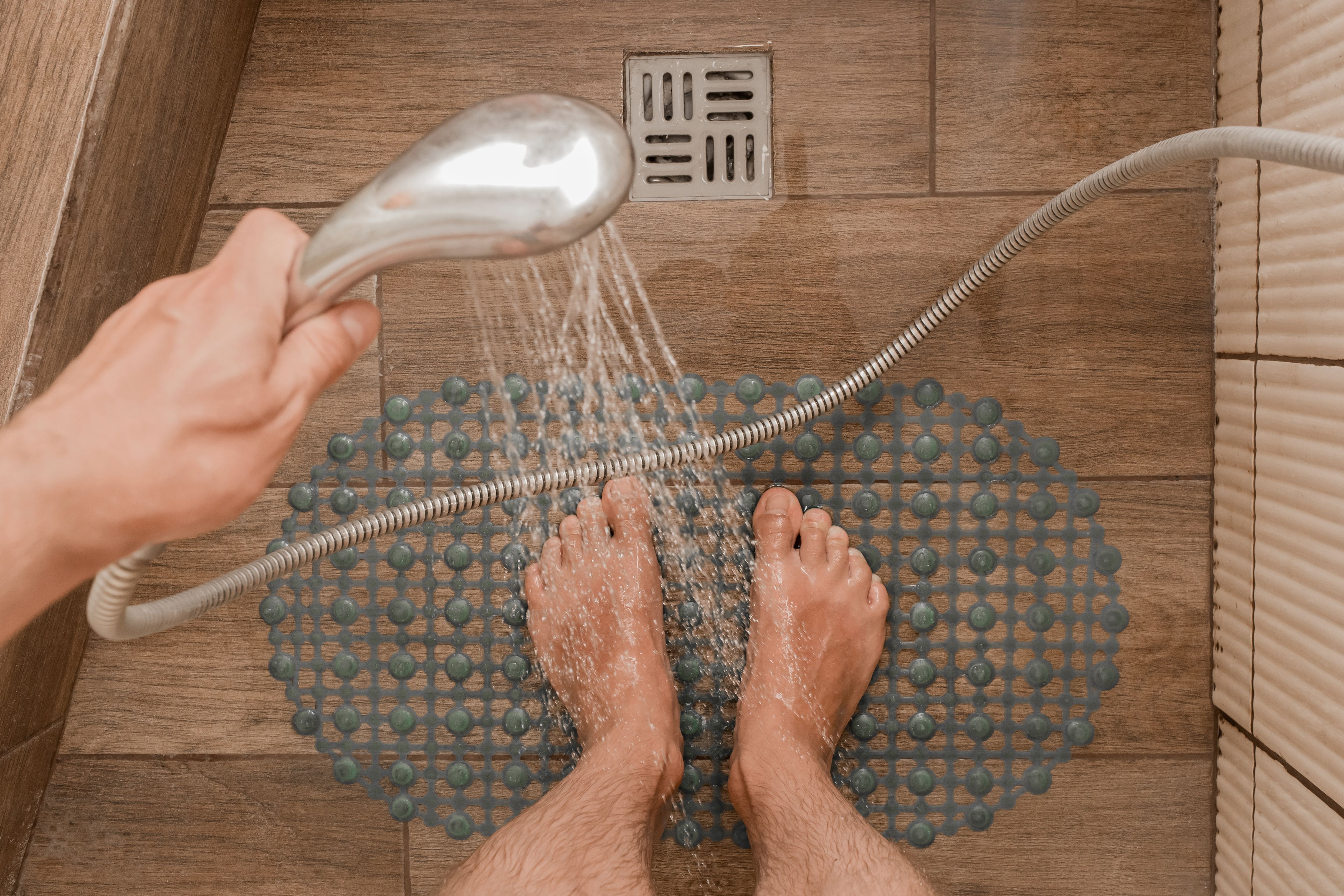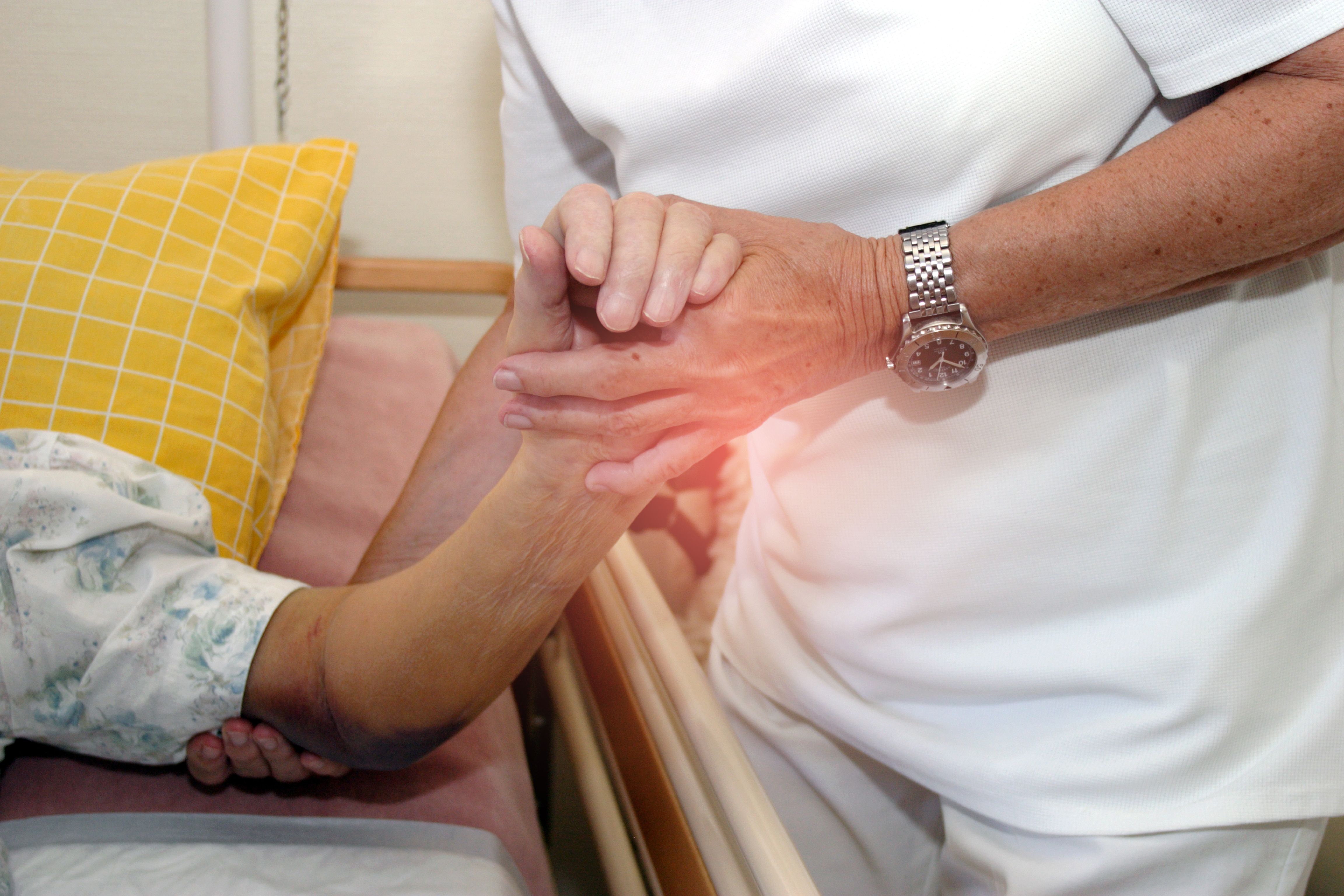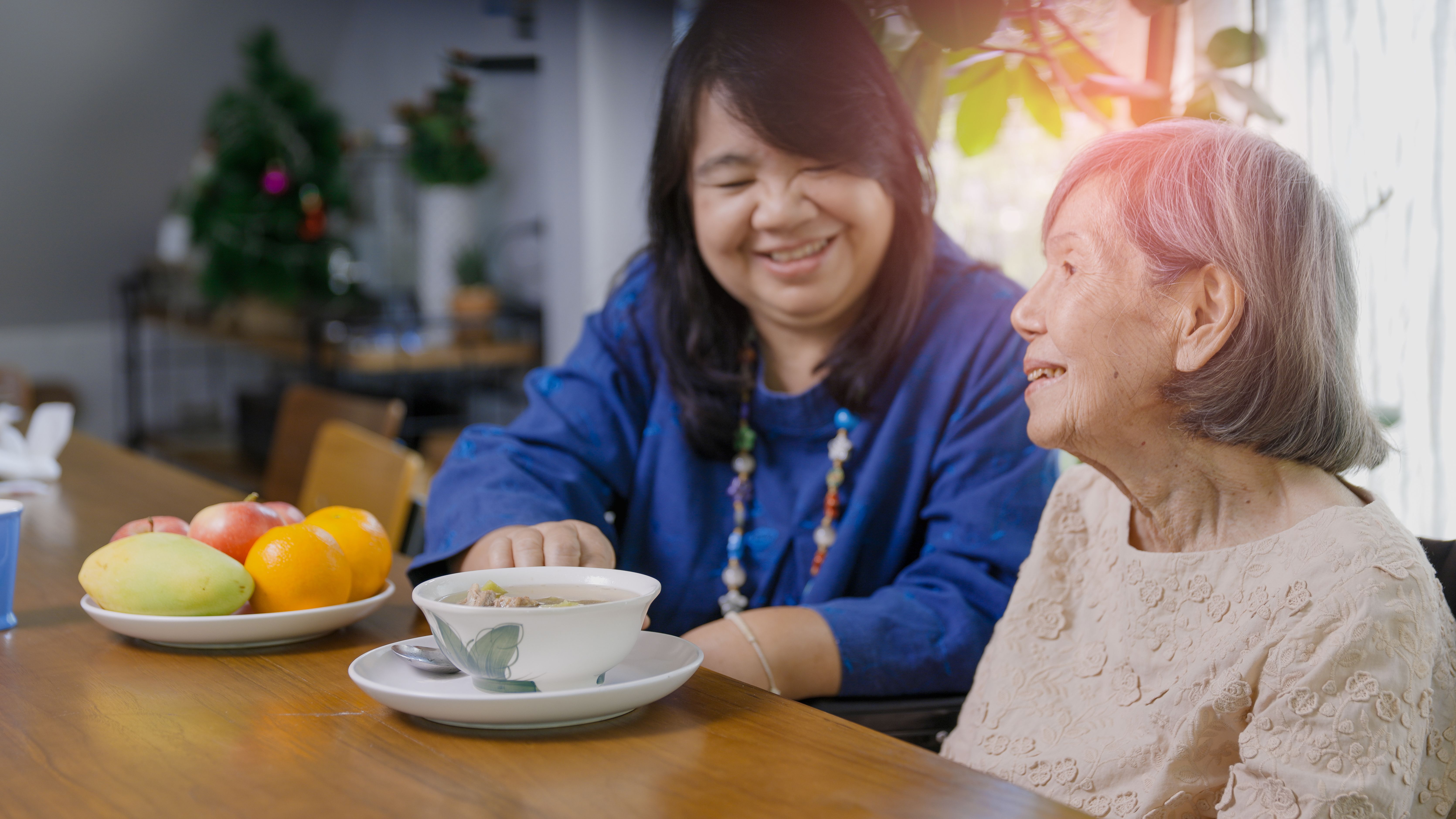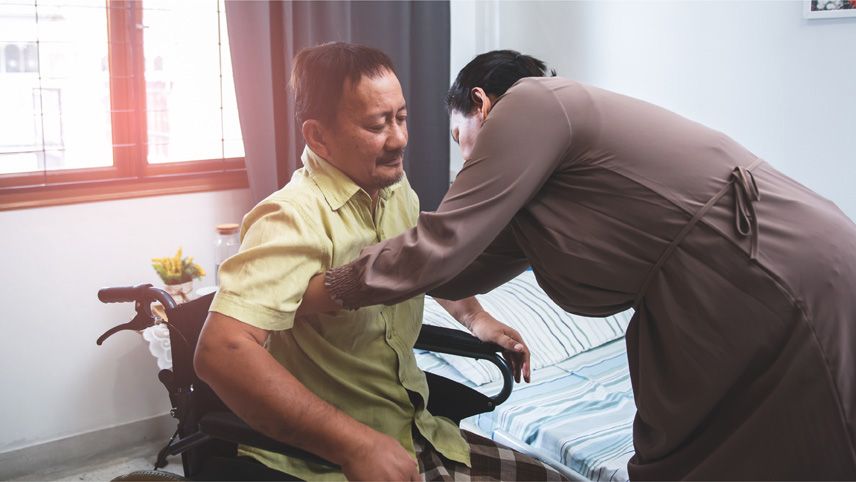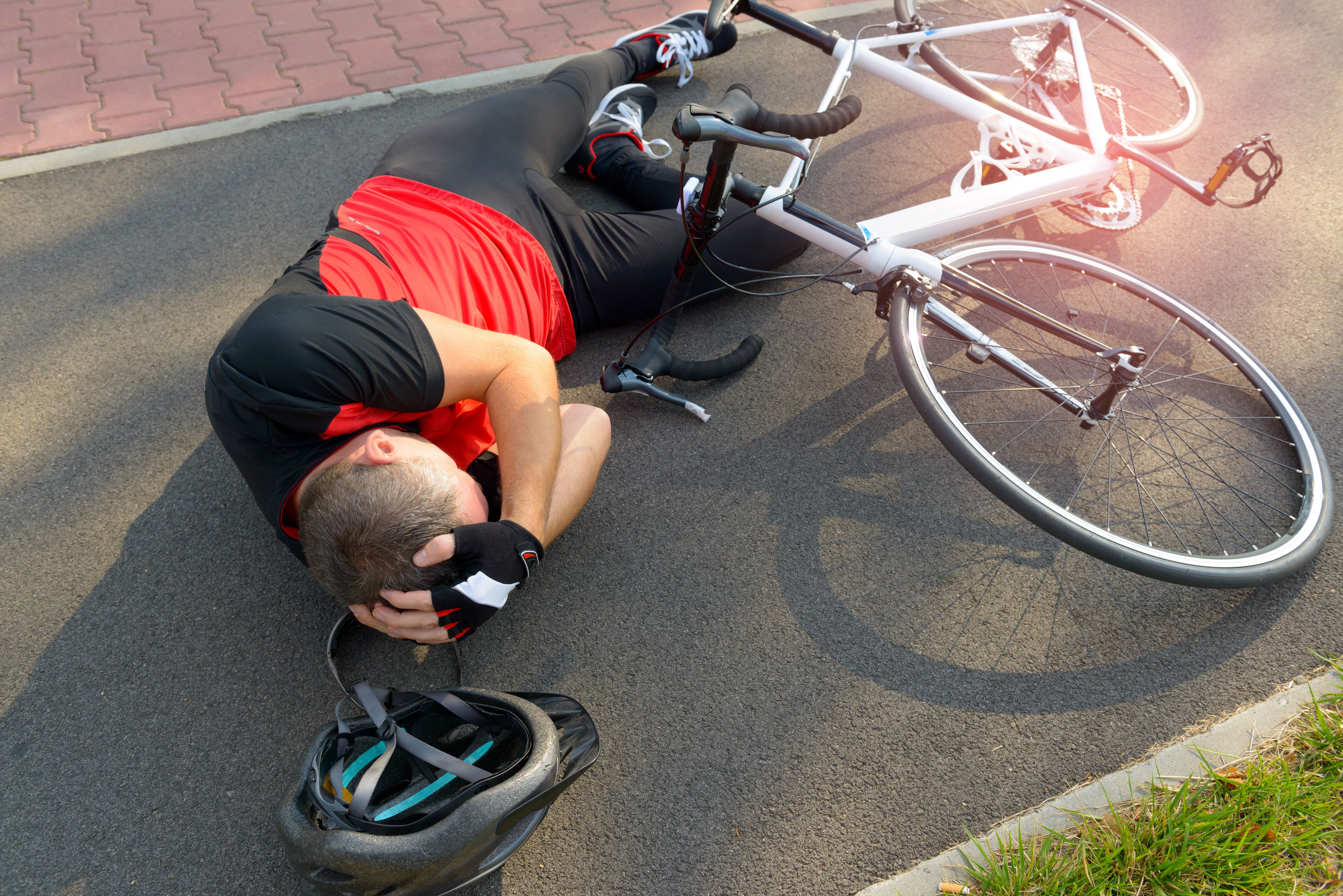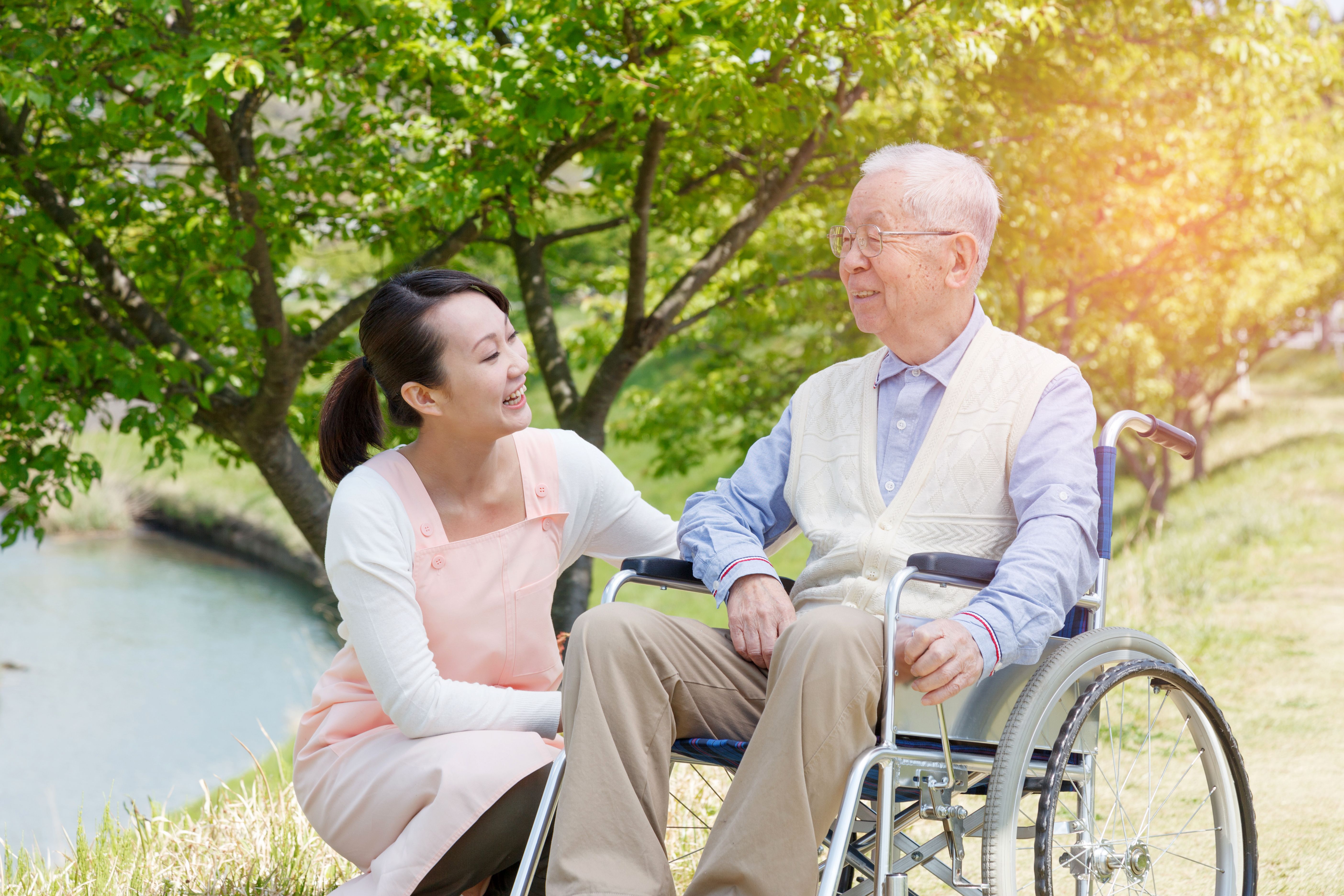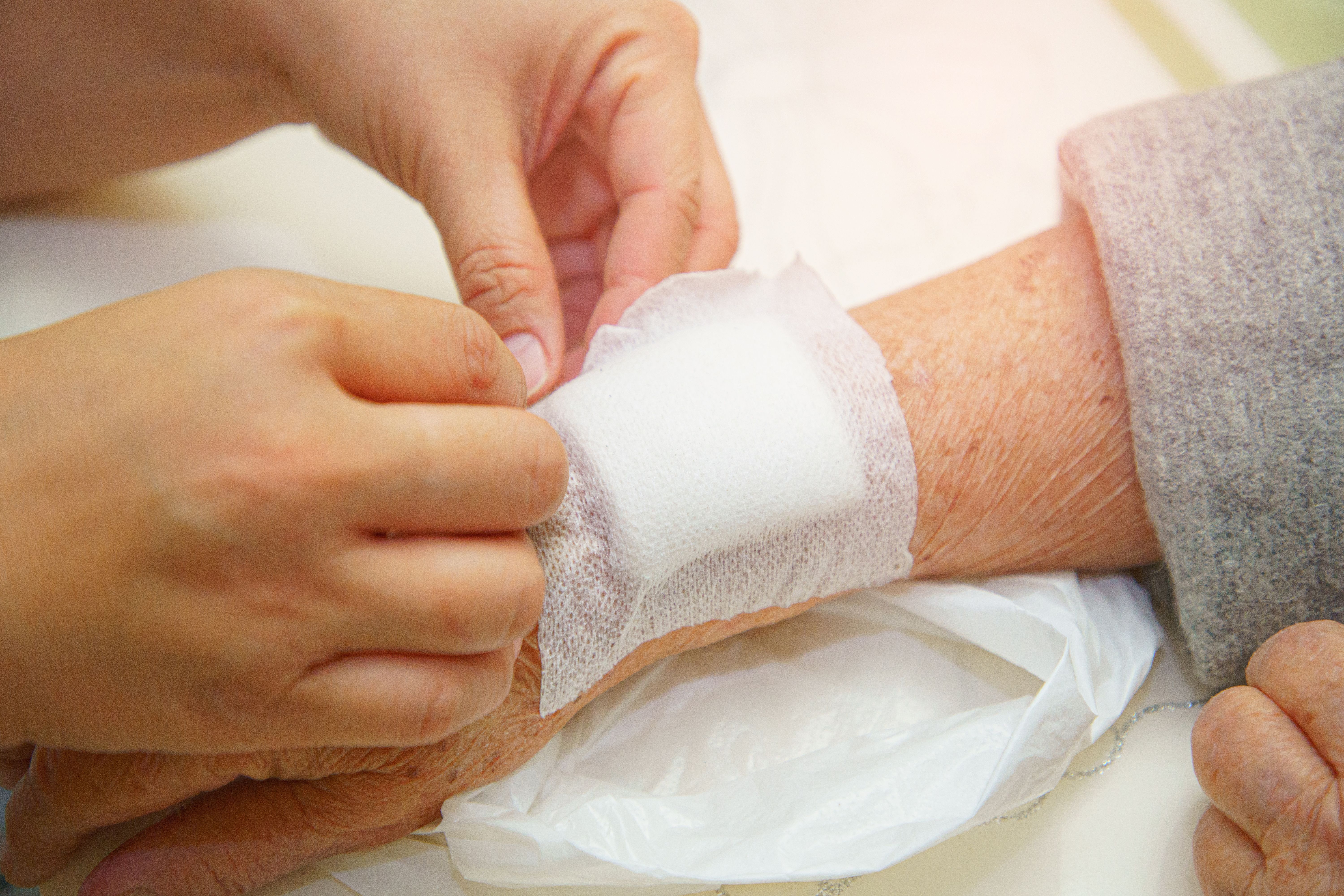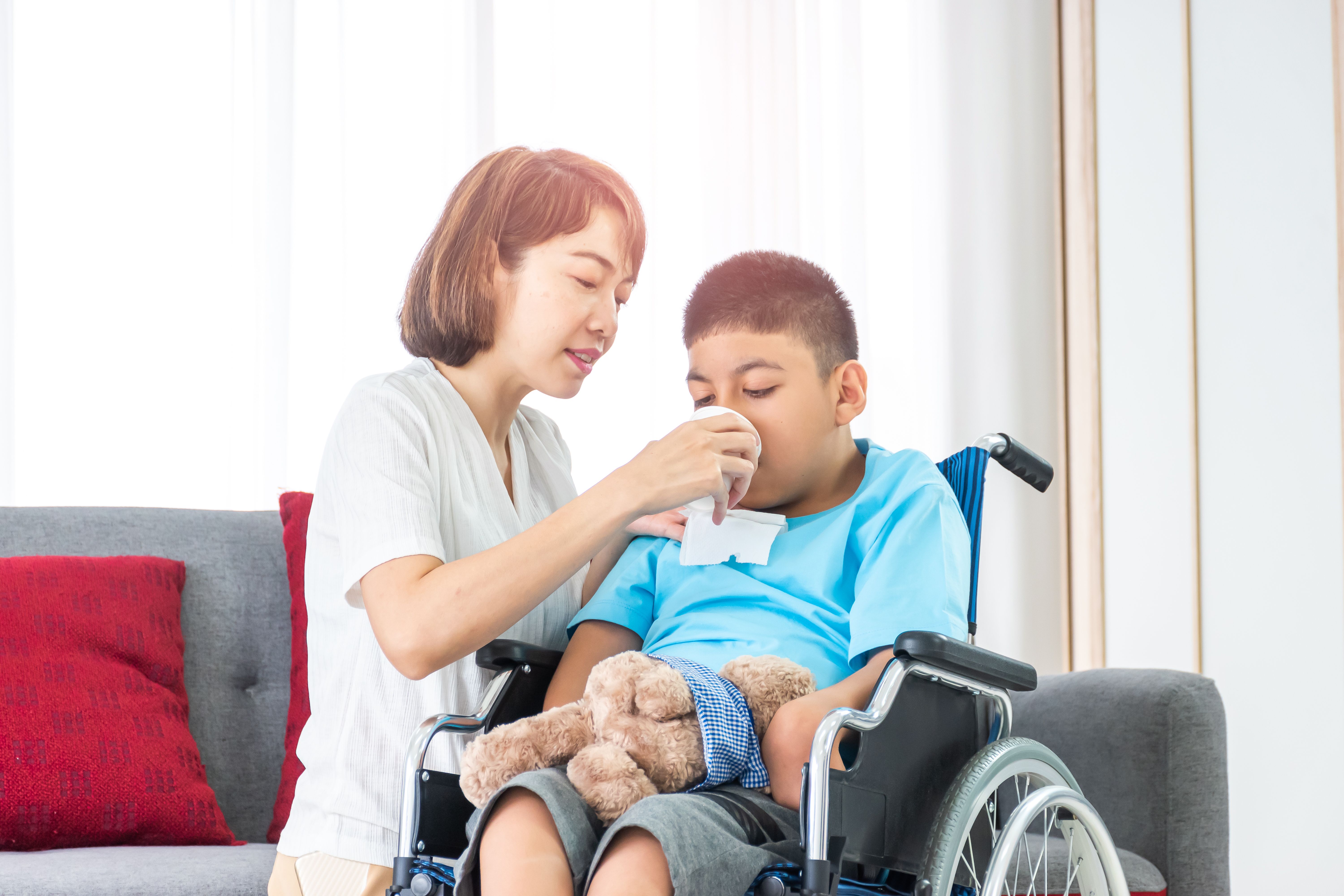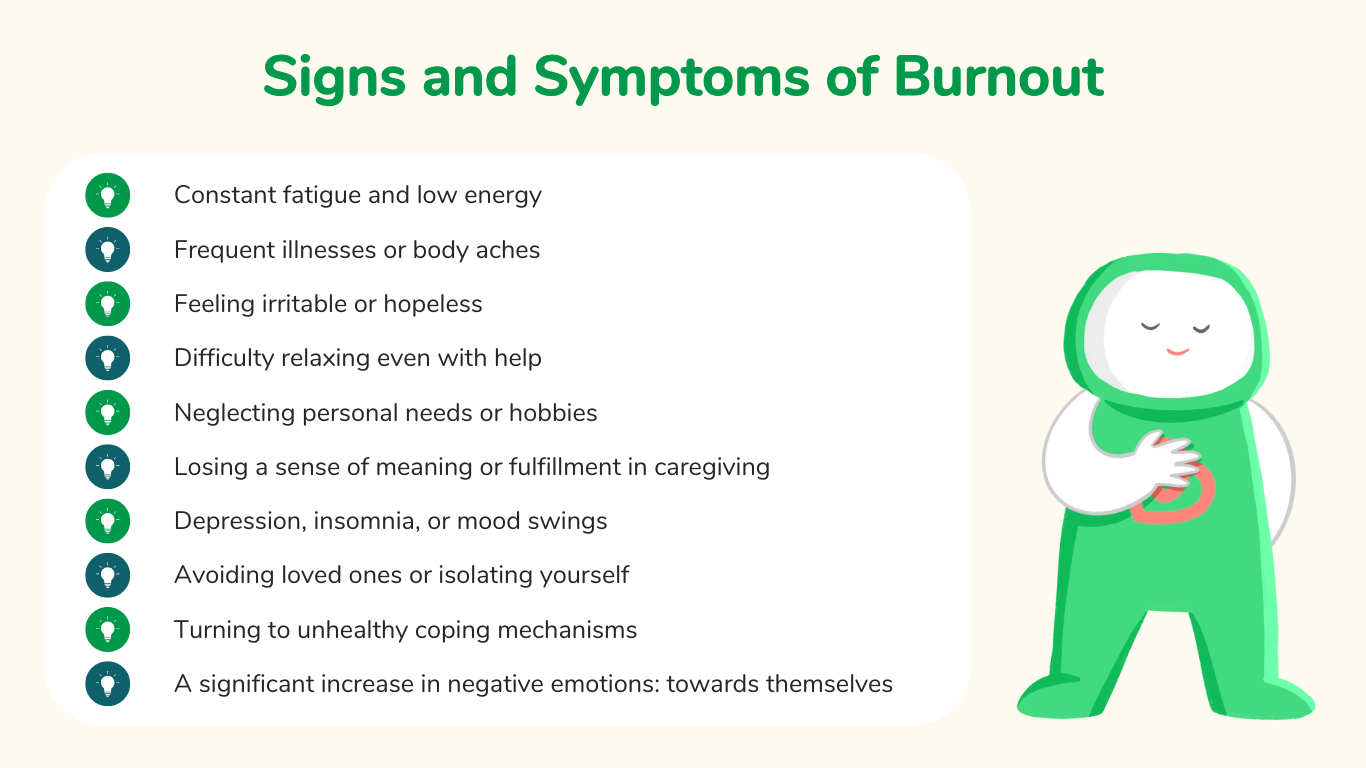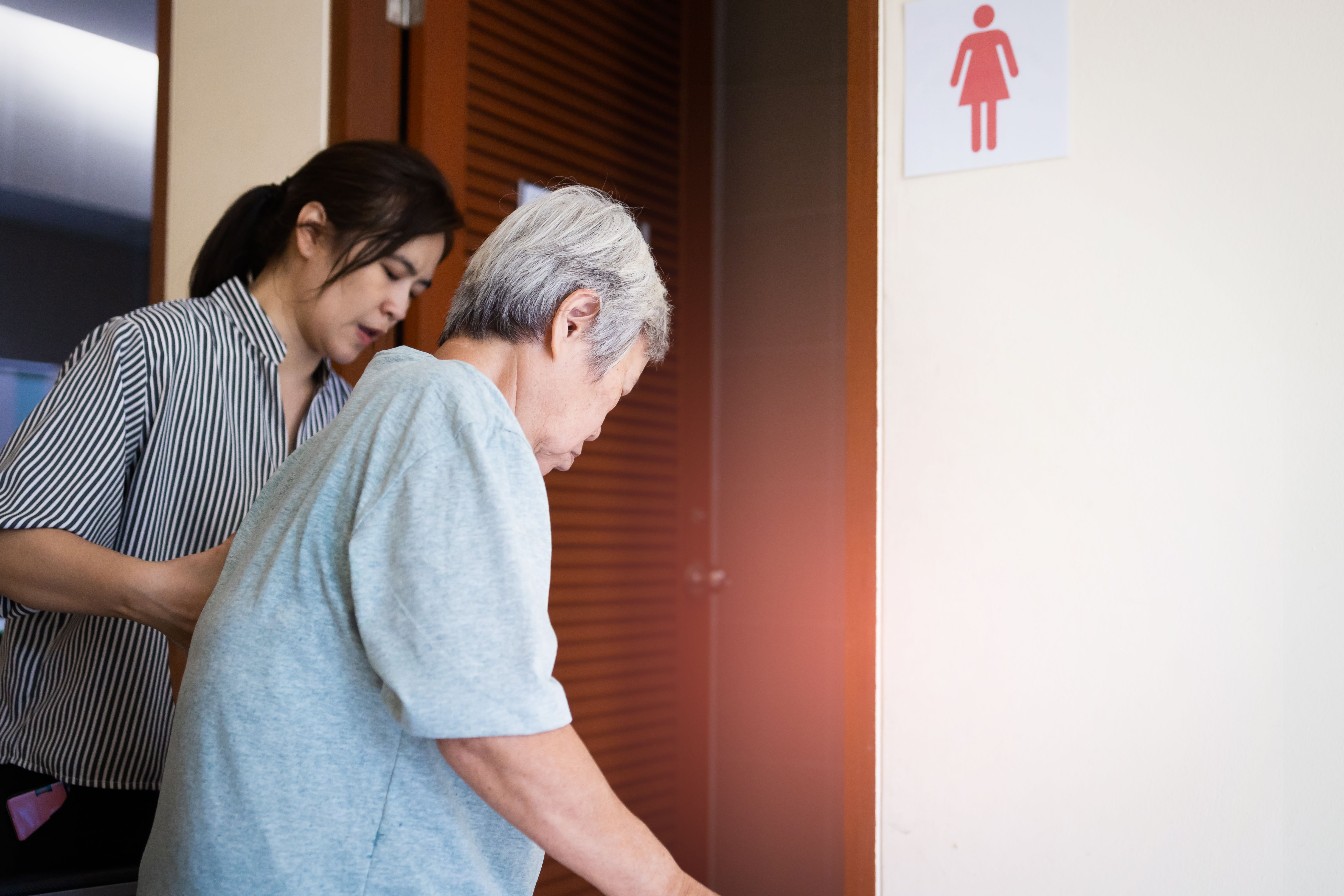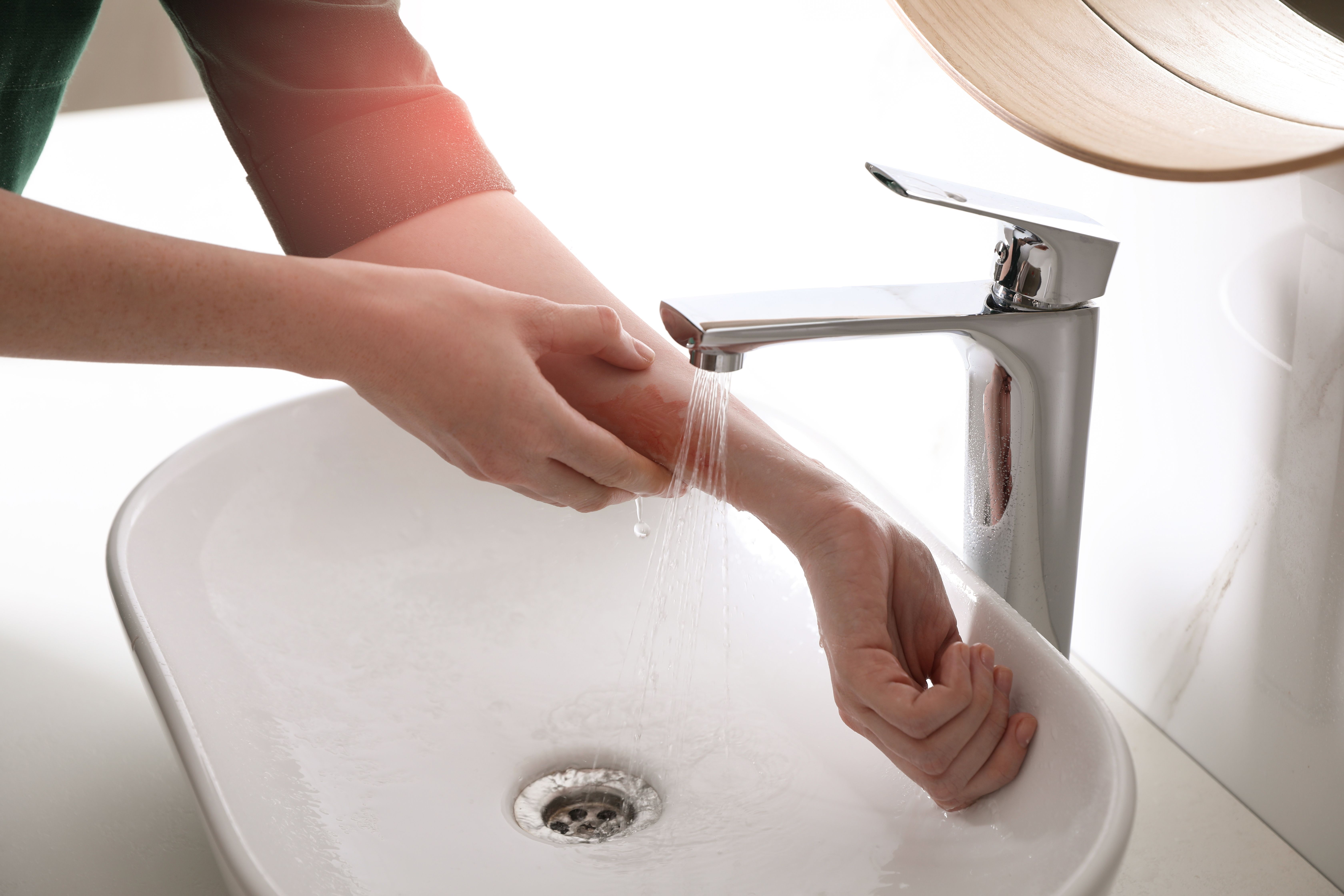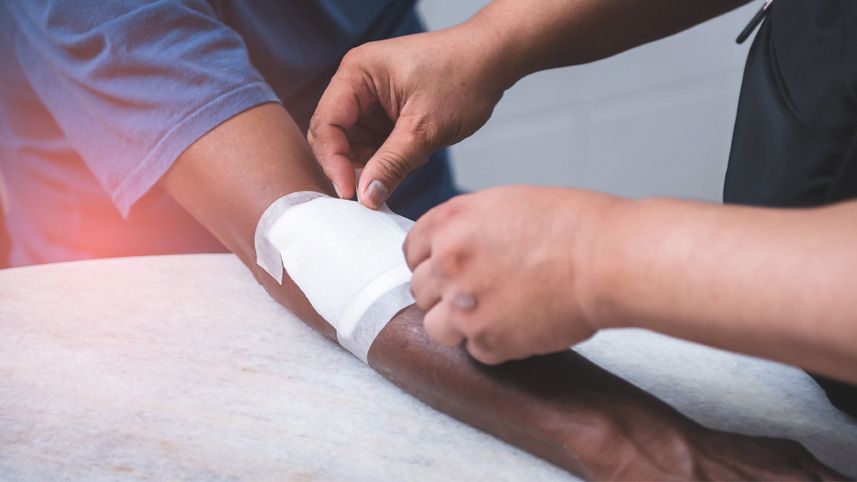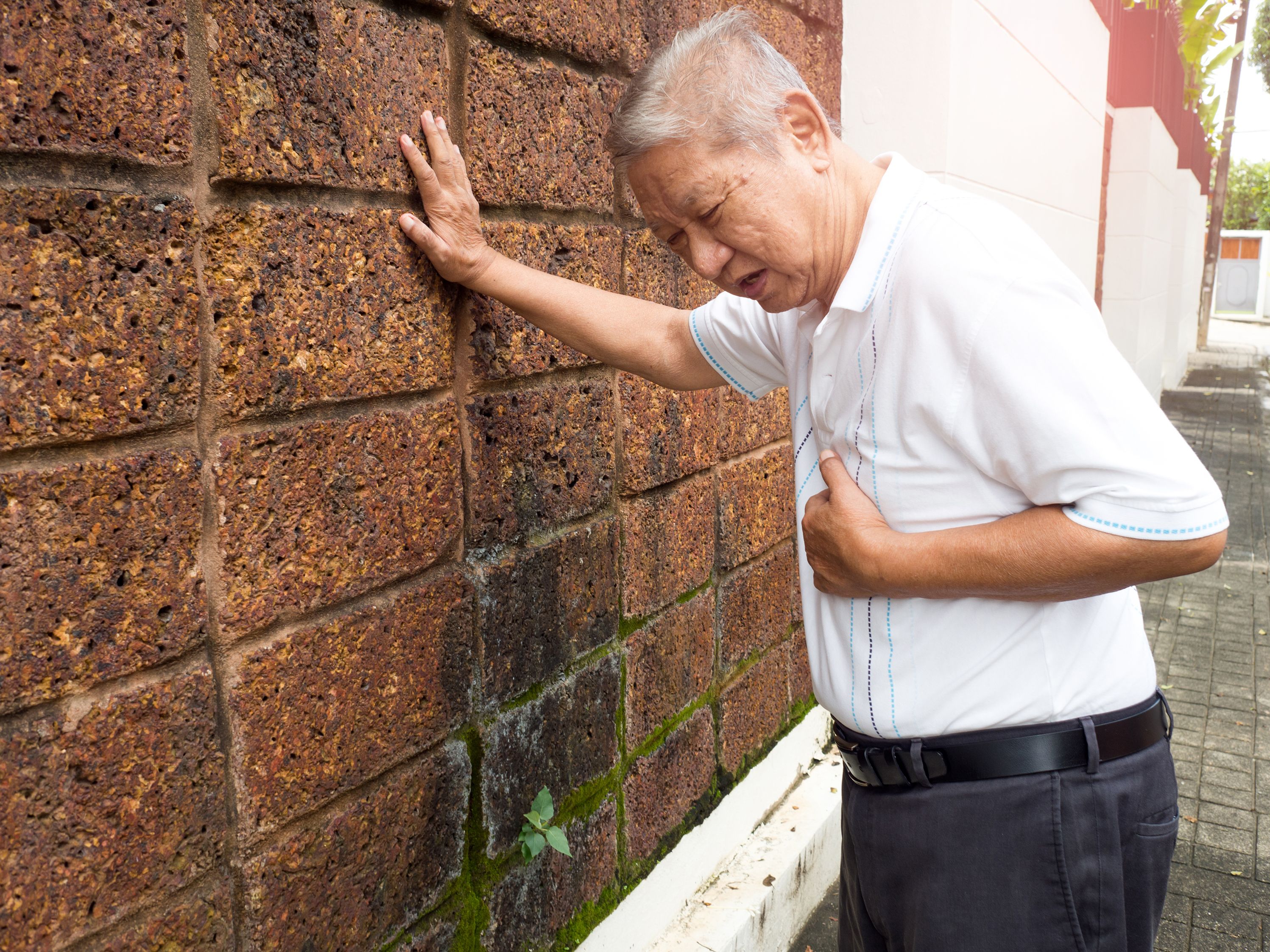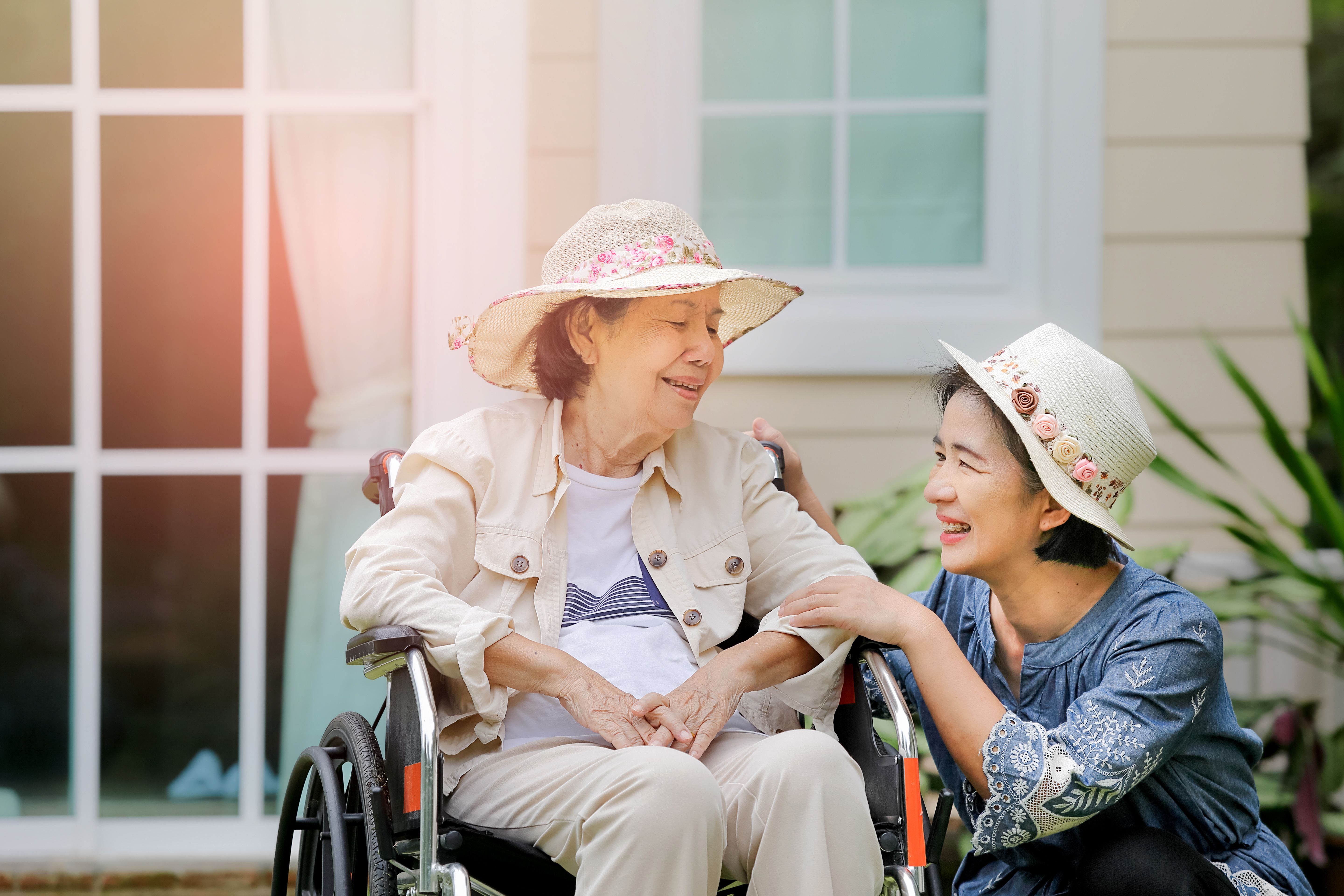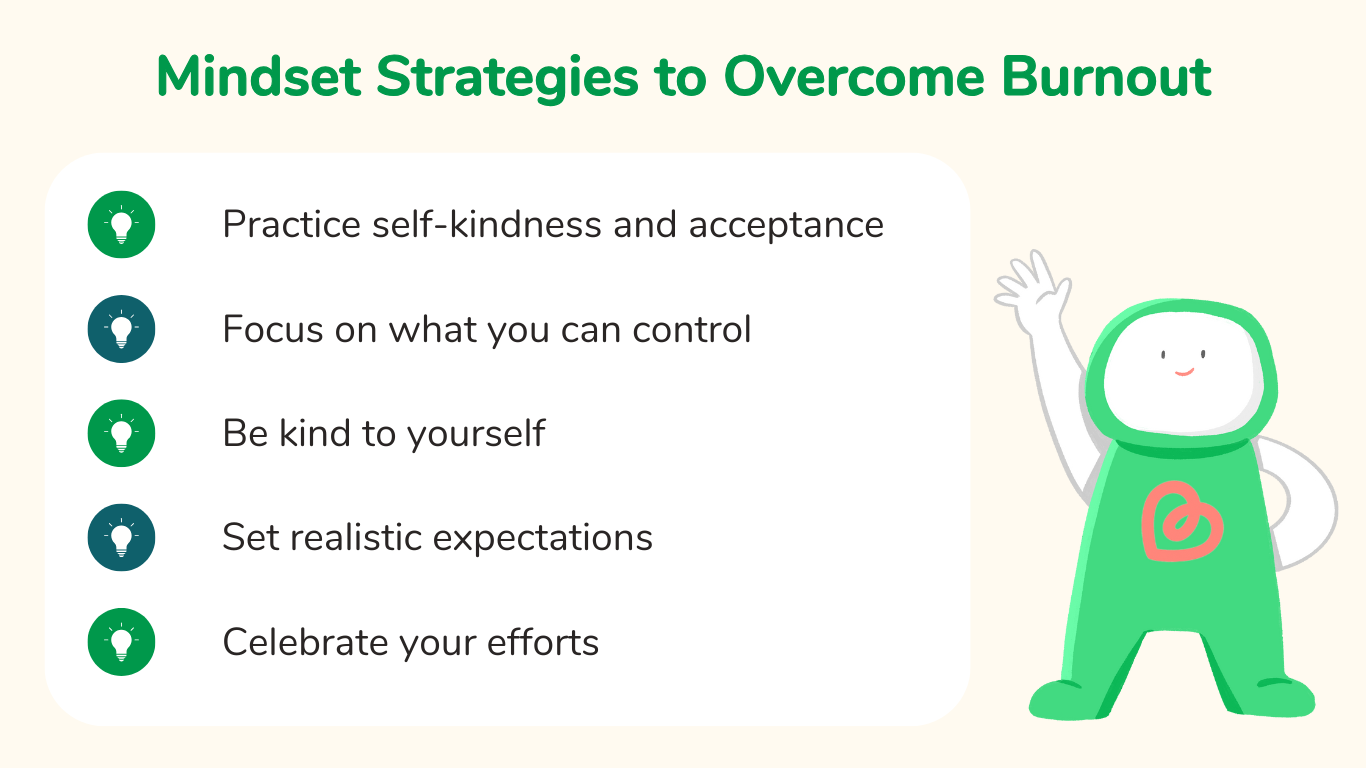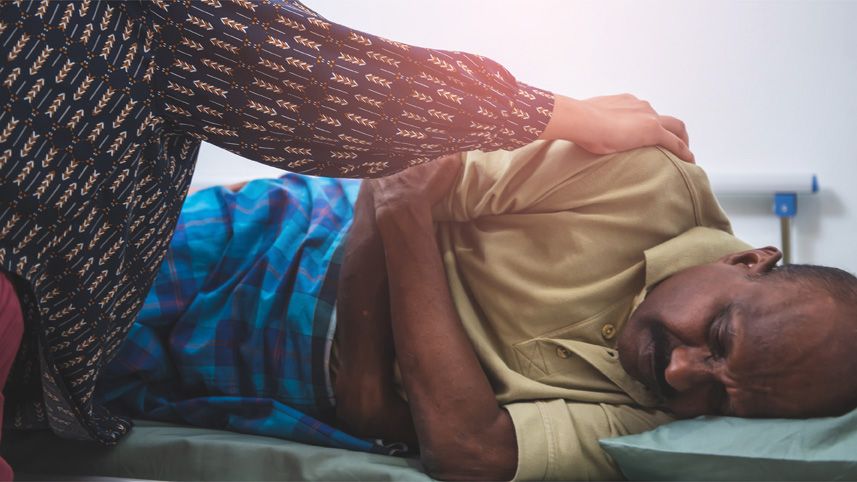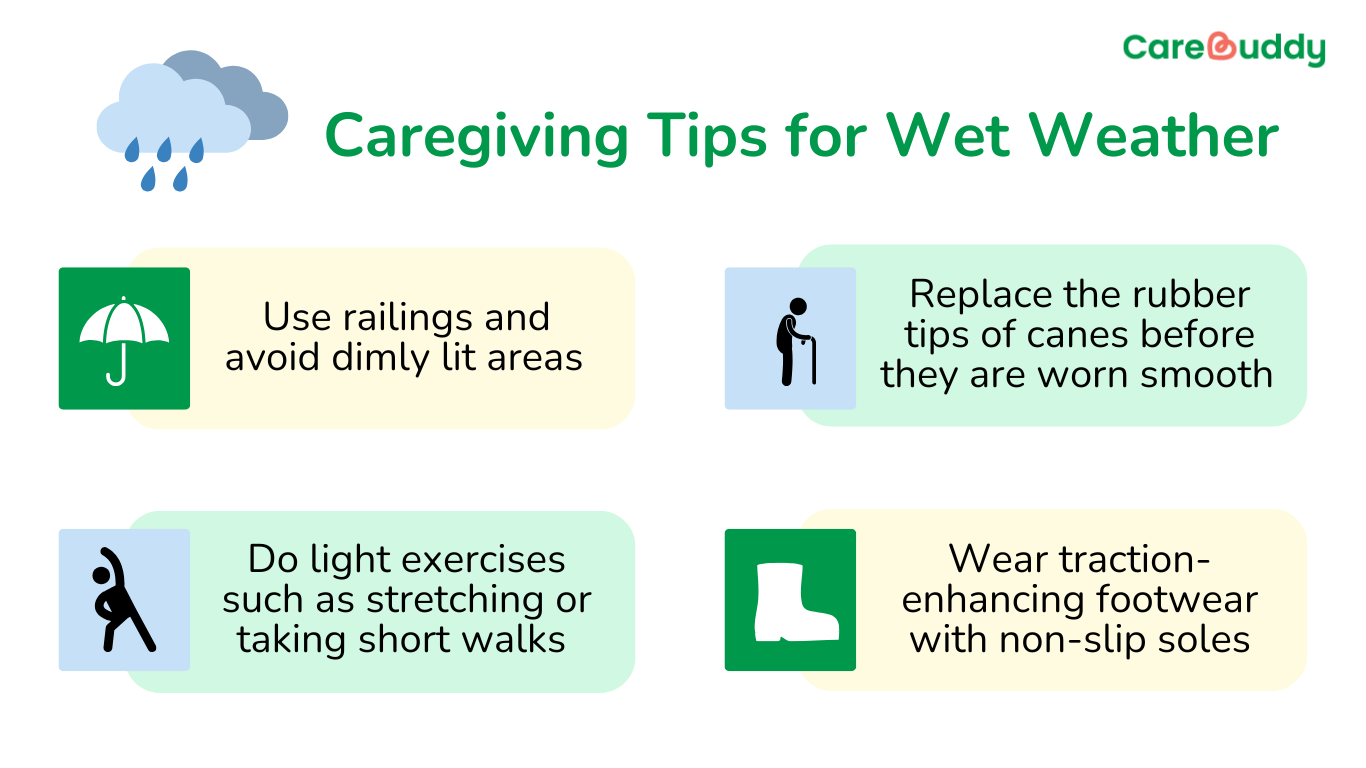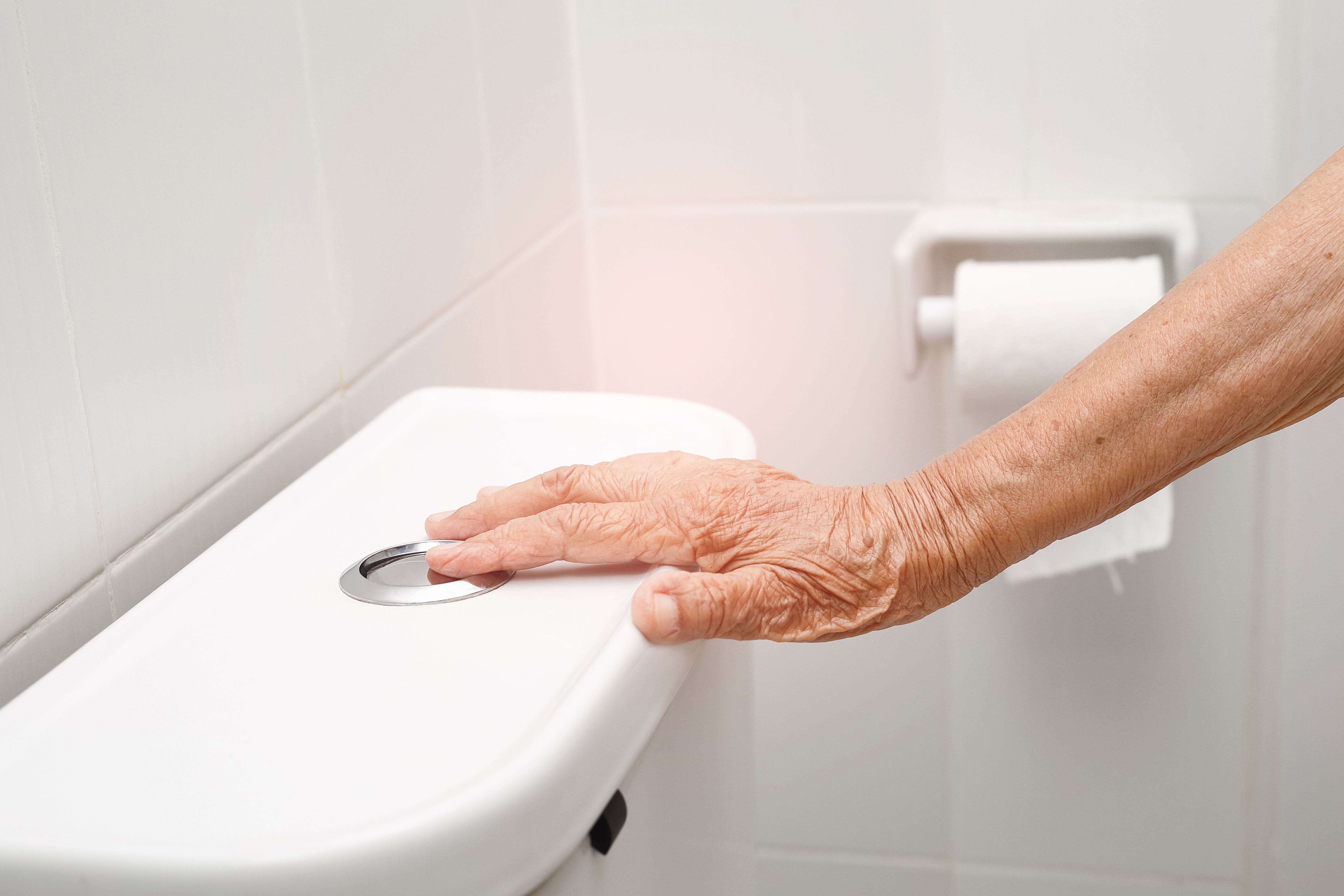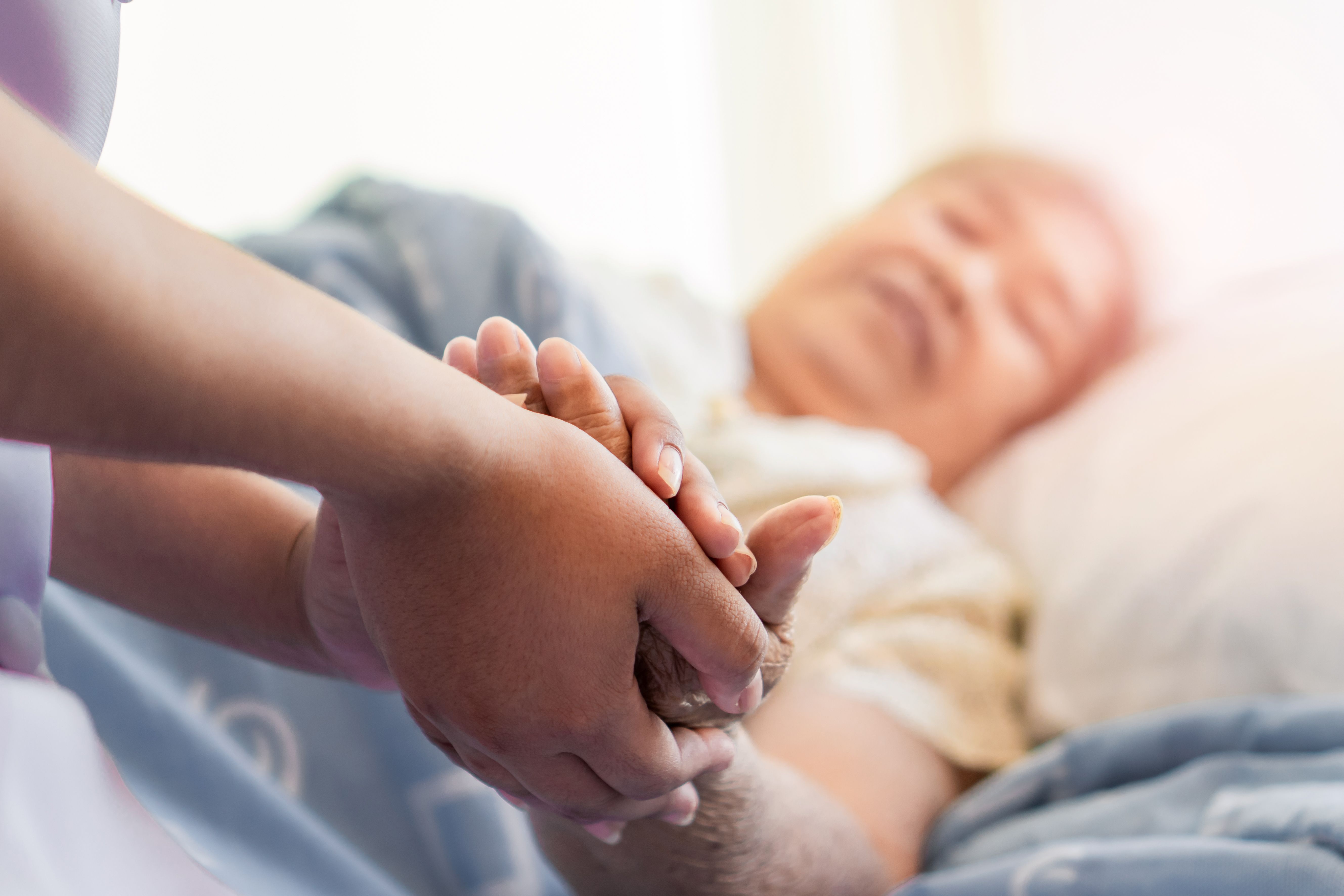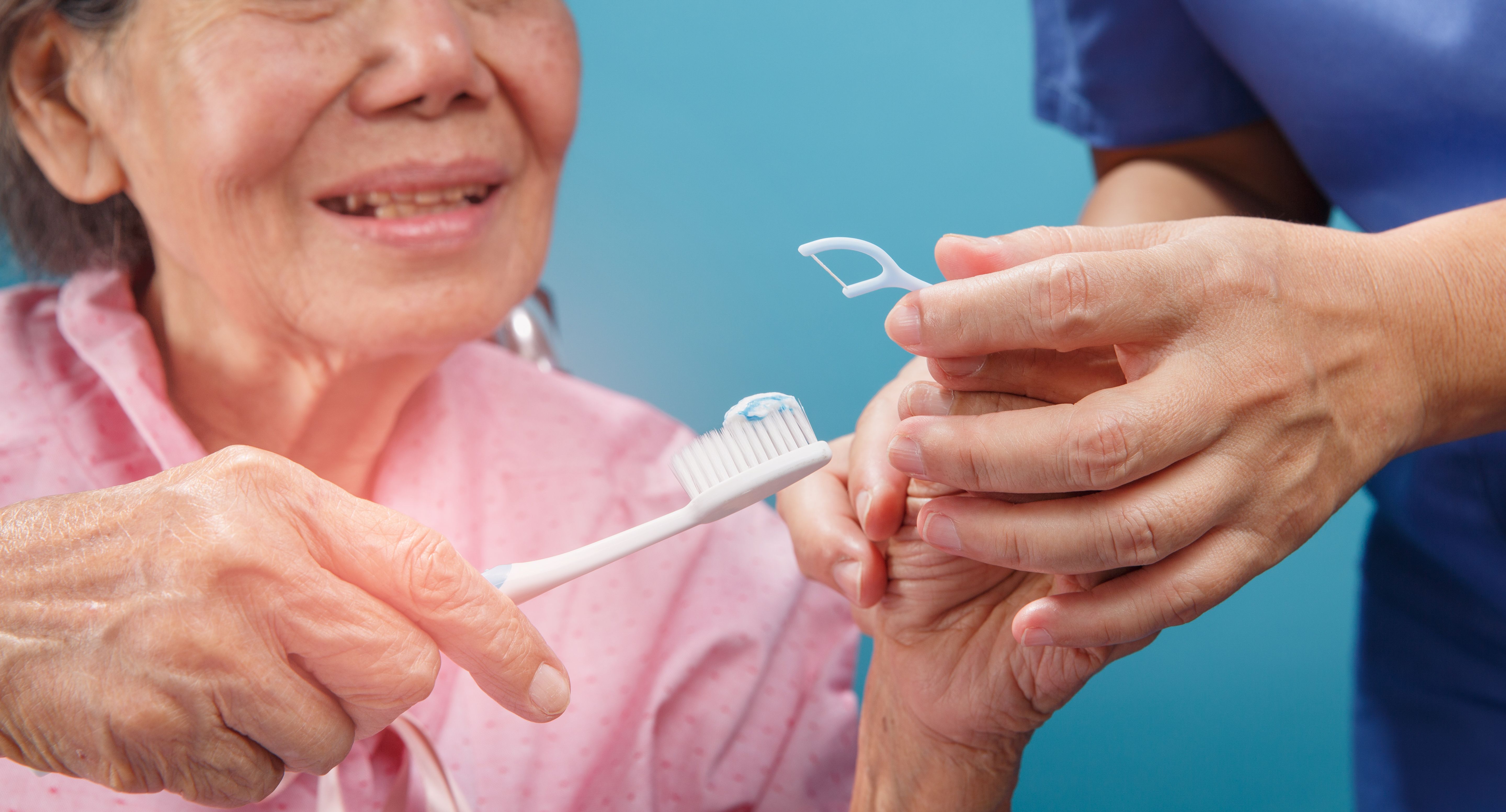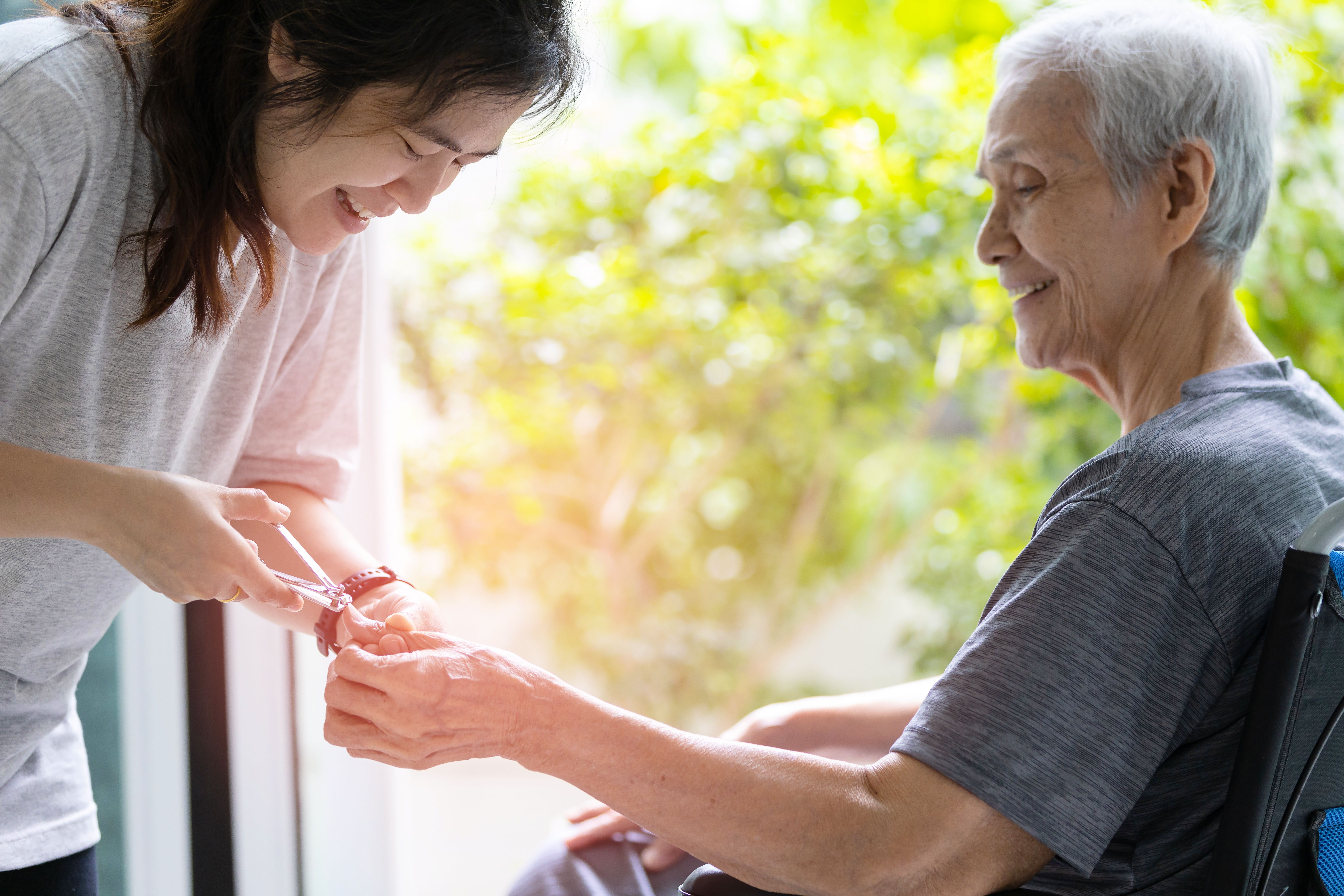How to provide first aid for seizures
- CareBuddy
- 4 Mins Read
- 21 Sep 2022
- First Aid & CPR

Seizures (known commonly as fits) are defined as sudden electrical discharges in the brain that cause changes in behaviour and loss of consciousness. The difference between seizures and epilepsy is that a seizure is a single occurrence whereas an epilepsy is two or more unprovoked seizures.
Recognising a seizure in a care receiver
If a care receiver has had a recent stroke or head injury, or has a history of epilepsy, you need to watch out for possible seizures.
Warning signs of a seizure include
- Involuntary contractions of many muscles such as those in the arms and legs
- Stiffening of the body
- Confused, dazed, staring
- Breathing difficulties
- Loss of bowel or bladder control
- Falling suddenly for no reason
- Blinking rapidly for no reason
- Drooling or frothing at the mouth
- Teeth clenching
- Loss of consciousness
First aid for a seizure
- If the care receiver is unresponsive and not breathing, start chest compression and apply an AED.
- Protect the care receiver from injury by removing possible sources of harm. These may include furniture and appliances. If there’s a wall or any other immovable obstacle, pad the area with pillows.
- Do not insert anything into the person’s mouth or between their teeth as this can also cause injury.
- Do not use force to hold them down as this may result in a broken bone or soft tissue injury.
- Wipe away the foams of saliva and any possible vomit at their mouth so that their airway remains clear.
Post-seizure recovery
- Once convulsion stops, ensure that the care receiver is breathing normally and has no severe injuries before placing them in the recovery position to keep the airway clear. This involves the following steps:
- Kneel on one side of the person.
- Place the person’s arm that’s nearest to you at a right angle to their body.
- Pick up the other arm and bring it to this side.
- Pull up the knee that’s further away from you.
- Gently pull the knee near you so that the person rolls over onto their side, facing you.
- Move this leg in front of their body so that it rests on the floor and provides balance to the body.
- Raise their chin to tilt their head back slightly so that their airway stays open and they can continue to breathe.
- Reassure them calmly and gently. As they often don’t have any memory of the seizure, they need to be reoriented and informed what has happened and how you’re helping.
Article reviewed by David Tay, Senior Principal Educator (Nursing and Prehospital Care), HMI Institute.


